Strategy
SHELVED
THE COLLAPSE OF COLD WAR NAVAL STRATEGIC PLANNING
Steven T. Wills
Naval Institute Press
Annapolis, Maryland
Naval Institute Press
291 Wood Road
Annapolis, MD 21402
2021 by Steven T. Wills
All rights reserved. No part of this book may be reproduced or utilized in any form or by any means, electronic or mechanical, including photocopying and recording, or by any information storage and retrieval system, without permission in writing from the publisher.
Library of Congress Cataloging-in-Publication Data
Names: Wills, Steven T., author.
Title: Strategy shelved : the collapse of Cold War naval strategic planning / Steven T. Wills.
Other titles: Collapse of Cold War naval strategic planning
Description: Annapolis, Maryland : Naval Institute Press, [2021] | Includes bibliographical references and index.
Identifiers: LCCN 2021005467 (print) | LCCN 2021005468 (ebook) | ISBN 9781682476338 (hardback) | ISBN 9781682476741 (ebook)
Subjects: LCSH: Sea-powerUnited StatesHistory20th century. | United States. NavyPlanning. | United States. NavyHistory20th century. | Naval strategy.
Classification: LCC VA50 .W55 2021 (print) | LCC VA50 (ebook) | DDC 359/.03097309045dc23
LC record available at https://lccn.loc.gov/2021005467
LC ebook record available at https://lccn.loc.gov/2021005468

Print editions meet the requirements of ANSI/NISO z39.48-1992 (Permanence of Paper).
Printed in the United States of America.
29 28 27 26 25 24 23 22 21 9 8 7 6 5 4 3 2 1
First printing
This work is dedicated to my wife, Alice, my son, John, and my daughter, Emily, who endured many evening hours, weekends, and several vacations without me so that it could be completed. My wifes encouragement sustained this effort, and I could not have accomplished it without her loving support.
CONTENTS
ACKNOWLEDGMENTS
The contributions of numerous active and retired officers, civilian officials, and academics were essential to the completion of Strategy Shelved: The Collapse of Cold War Naval Strategic Planning . The author is grateful to the following persons for their comments, support, and general assistance: Capt. Arthur Trip Barber, USN (Ret.), Capt. Roger Barnett, USN (Ret.), Irv Blickstein, John Brobst, Cdr. Mitch Brown, USN (Ret.), former deputy under secretary of the Navy Seth Cropsey, Capt. Richard Diamond, USN (Ret.), Capt. Thomas Fedyszyn, USN (Ret.), Cdr. Paul Giarra, USN (Ret.), John Hanley, Capt. R. Robinson Robby Harris, USN (Ret.), Prof. John Hattendorf, Capt. Wayne Hughes, USN (Ret.), Capt. William Spencer Johnson, USN (Ret.), Cdr. John Kuehn, USN (Ret.), former Secretary of the Navy John Lehman, Capt. Brad Martin, USN (Ret.), Rear Adm. Michael McDevitt, USN (Ret.), Cdr. Bryan McGrath, USN (Ret.), Greg Melcher, Vice Adm. Henry C. Hank Mustin, USN (Ret.), Charles Nemfakos, James OBrasky, Adm. William Owens, USN (Ret.), Randy Papadopoulous, Bruce Powers, David Alan Rosenberg, Captain Robert (Barney) Rubel, USN (Ret.), Rear Adm. Joseph Sestak, USN (Ret.), Rear Adm. James Stark, USN (Ret.), Ingo Trauschweizer, Cdr. Stanley Weeks, USN (Ret.), Cdr. Steve Woodall, USN (Ret.), and Cdr. Harlan Ullman, USN (Ret).
The author especially owes a debt of gratitude to Capt. Peter Swartz, USN (Ret.), who graciously provided access to his archives, Rolodex, and insights on nearly four decades of naval strategy and policy. This work would not have reached its level of detail in the absence of Captain Swartzs contributions, for which the author will always be grateful.
INTRODUCTION
The significant implications of the dissolution of the Warsaw Pact for the U.S. military had become readily apparent by the middle of 1989. This was especially true for the U.S. Navy, whose Maritime Strategyits operating doctrine since 1982along with an attendant six-hundred-ship force structure revolved around countering Soviet threats worldwide. The naval analyst Ronald ORourke described the coming postCold War period as the Navys most significant crossroads in four decades. It produced a shift that called into question many of the basic assumptions that [had] guided U.S. Defense Planning for naval and other military forces since the 1950s.
Historical assessments of periods of fundamental strategic shifts are vital not only for understanding those particular moments, but those that preceded them as well. They can also serve to predict and understand future trajectories. Strategy Shelved: The Collapse of Cold War Naval Strategic Planning explains the fundamental alterations in strategic thinking, organization, and execution of global U.S. naval operations during the relatively short period between 1989 and 1994. While the transition from the Maritime Strategy to From the Sea (1994), the first postCold War and postGulf War naval policy, was essentially successful, the U.S. Navy failed to sufficiently grasp and retain those Cold Warera elements of strategic organization that had proved effective at generating the strategy and operational analysis of the previous two decades. One can see in retrospect that this failure left the Navy ill-prepared to conduct the strategic assessment necessary to identify a new era of strategic competition in which both rising and revanchist near-peer competitors as well as non-state actors would threaten U.S. naval superiority in a growing number of geographic locations.
Periods of great change demand considered responses. While immediate strategic conditions may change and demand new solutions, it does not mean that the system of producing strategic thinking has to be altered. The U.S. Navys system of producing strategic documents had successfully functioned since 1970, yet from 1989 to 1994 Navy leaders cast it aside. Strategy Shelved serves to warn decision makers of the perils of careless or needless change without adequate assessment of a proven successful system of strategy generation.
The U.S. Navy had spent the two decades before the 1990s reconstituting its Vietnam-era fleet. Beginning in the late 1970s, it began carefully crafting and refining what would become the Maritime Strategy and then updated the established doctrine several times before 1989. With 588 ships in the fleet in 1988, the six-hundred-ship building program was approaching fruition, albeit at the cost of significant deficit spending. Staff in the Office of the Chief of Naval Operations (OPNAV) had largely been responsible for the creation of both the strategy and the planned six-hundred-ship force structure. The OPNAV staff was in effect a competitive marketplace of ideas, where strategy and analysis elements vied to develop products that would sway the Navy service chief to their desired outcomes. Three Chiefs of Naval Operations in particularthe admirals Elmo Zumwalt (197074), James Holloway III (197478), and Thomas Hayward (197882)effectively balanced these groups and in doing so laid the building blocks for the Maritime Strategy and its associated six-hundred-ship navy. Many of the officers from the strategy and analysis cohorts would go on to more senior positions of greater influence, suggesting that the personnel involved in the project were just as much a successful product of this process as the strategy documents they created.
By the beginning of 1989, the product of the great effort to confront a global Soviet threat was declining in relevance. The Soviets had begun withdrawing from Afghanistan in May 1988 and would finish the operation by February 1989. It was with some irony that the unofficial end of the Cold War occurred in a distinctly naval environment. In December 1989 at the Malta summit between U.S. president George H. W. Bush and Soviet premier Mikhail Gorbachev, warships anchored in the Grand Harbour represented their two countries. Bush stayed aboard the 6th Fleet flagship, the USS Belknap, for the duration of the summit. As a storm lashed at the Belknap throughout the presidents stay, three strategic storms were gathering to engulf the U.S. Navy: the disappearance of the Soviet threat and the end of the Cold War, on which naval strategic planning had been based for more than four decades; organizational changes wrought by passage of the Goldwater-Nichols Act of 1986, and limited naval involvement in the 199091 Gulf War. These three events would play noteworthy roles in the Navy and Marine Corps devising proposed strategies and force structures for the 1990s and subsequent decades and in the resulting strategy and attendant force structure for the emerging postCold War era.

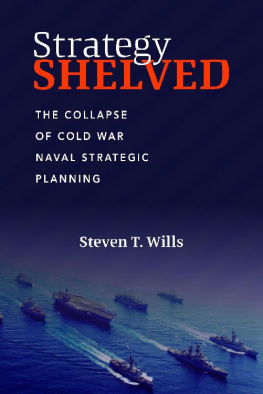

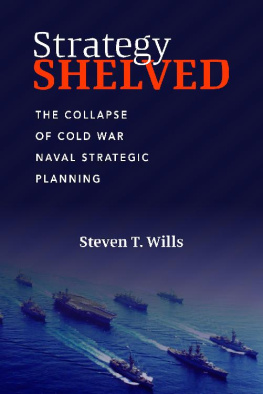
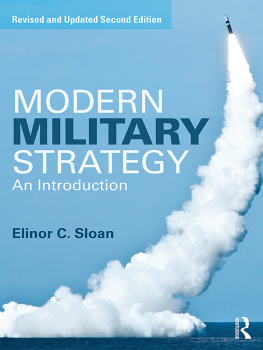
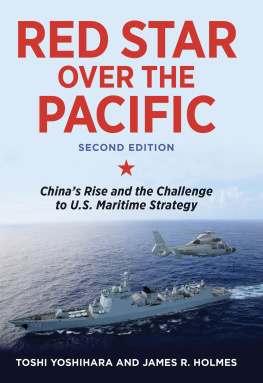
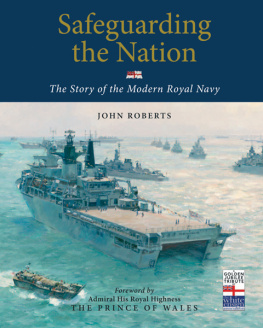



 Print editions meet the requirements of ANSI/NISO z39.48-1992 (Permanence of Paper).
Print editions meet the requirements of ANSI/NISO z39.48-1992 (Permanence of Paper).